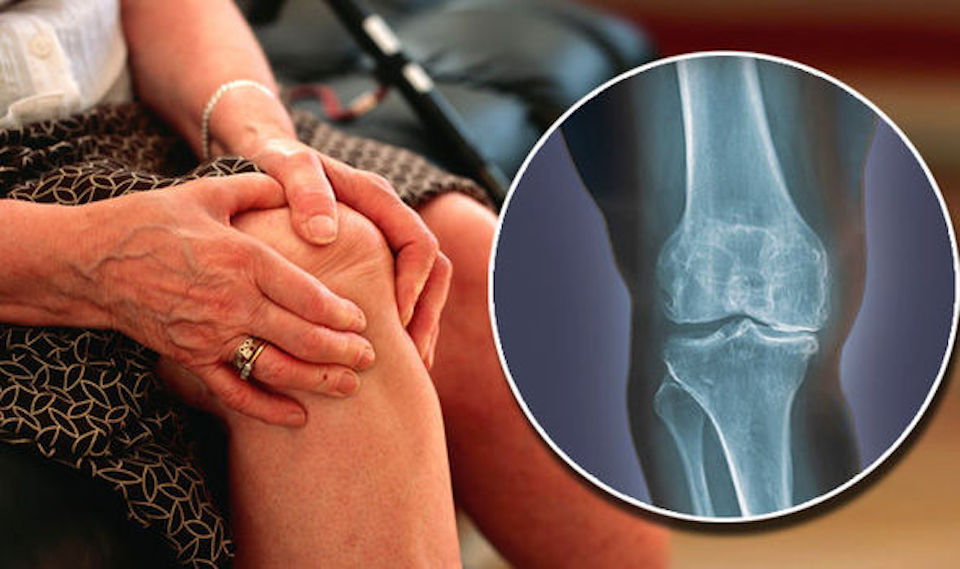Osteoarthritis
What is Osteoarthritis?

What are the symptoms?
What causes it?
- Knees being overweight, having a previous knee injury, jobs involving kneeling, climbing and squatting.
- Hips: being overweight, having a previous hip injury, jobs involving lifting heavy loads (including farming).
- Hands: having a history of OA in the family.
How is osteoarthritis diagnosed?
Your doctor will diagnose OA from your symptoms and a physical examination. An x-ray may show the narrowing and changes in the shape of your joint. However x-rays do not diagnose how much trouble you will have. An x-ray that shows joint damage does not always mean you will have a lot of pain or problems.
On the other hand your joint may be very painful despite x-rays being normal. Blood tests are only helpful to rule out other types of arthritis.
What will happen to me?
The impact of OA on your normal activities and lifestyle depends on which joints are affected. However the outlook for most people with OA is very positive. For many people OA will be mild and not cause major problems. OA of the hip and knee can cause servere disability and surgery to replace joints is often very effective but only indicated after failure of less invasive approaches such as weight loss and exercise.
Is there a cure for OA?
What treatments are there for OA?
- An exercise program designed to suit your needs.
- A weight loss program, if you are overweight.
- Simple pain relief, using medicines such as paracetamol.
- Non-steroidal anti-inflammatory drugs (NSAIDs).
- Joint replacement surgery, if your symptoms are no longer controlled with other therapies.
